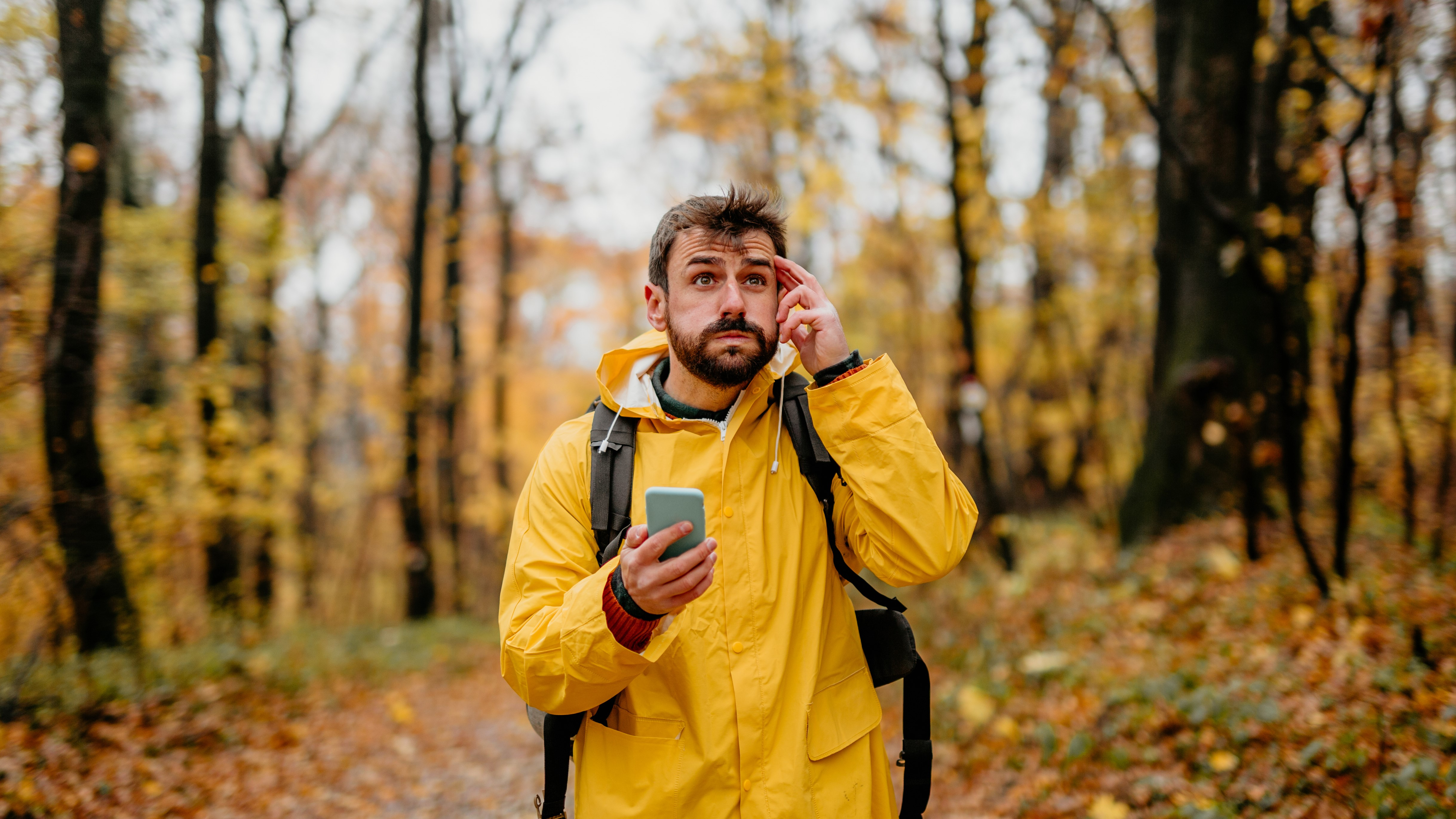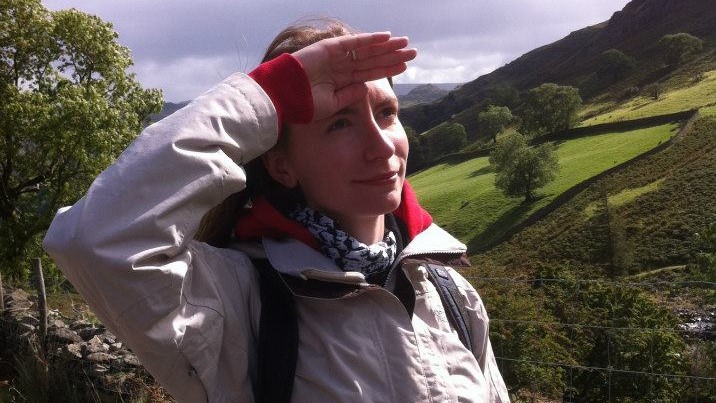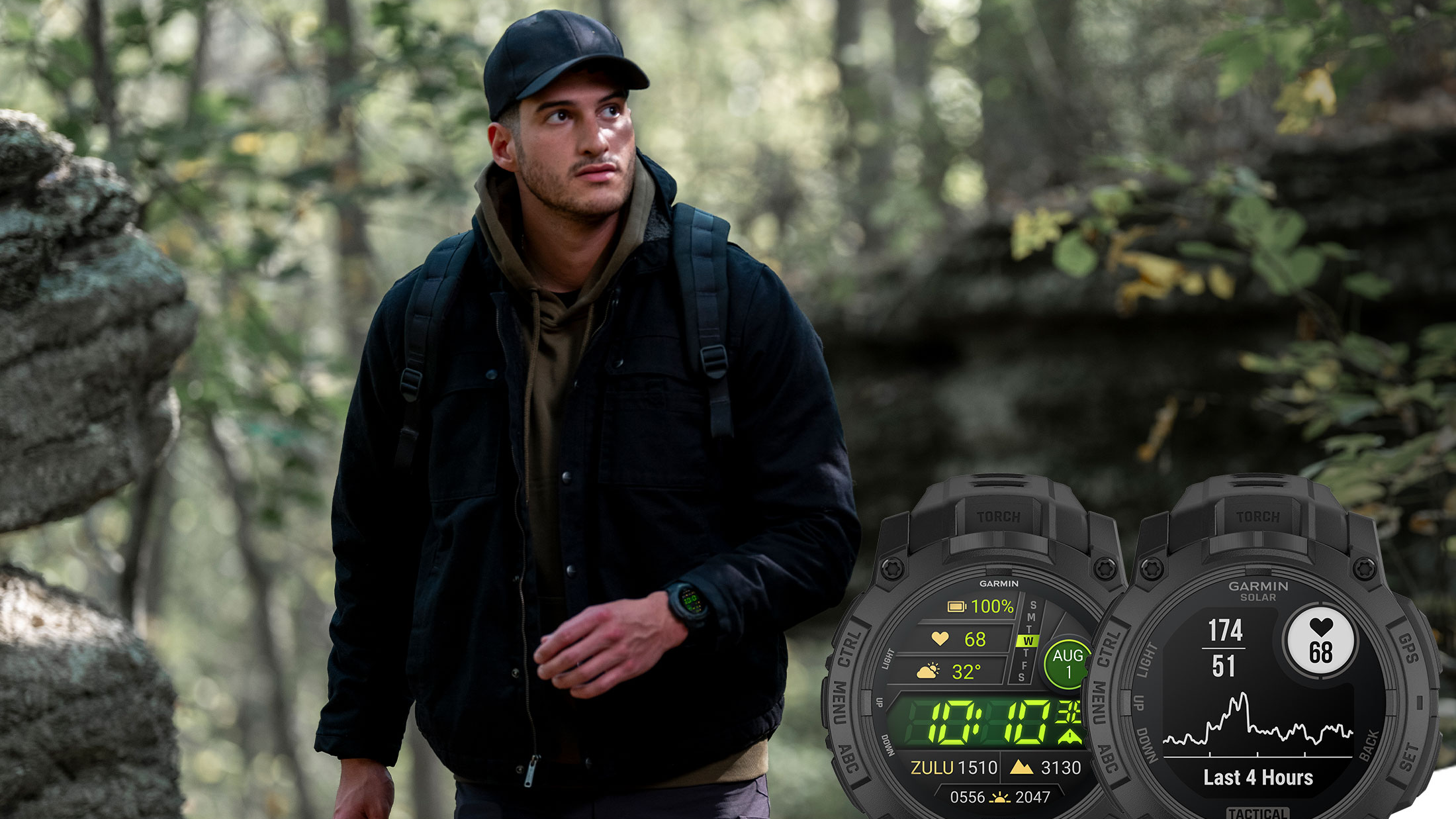
Emergency rescuers have warned hikers not to rely entirely on crowdsourced routes when planning expeditions, and to make sure they are properly prepared before hitting the trains.
As CBC News reports. a safety team from Alberta Parks shared their concerns after having to rescue at least 300 people who have become lost hiking in the province due to poor navigation skills so far this year.
"A lot of our calls are hikers who are getting pulled off trail, bad route finding and a lot of bad research that's gone into their trip," said Darren Vonk, a public safety specialist with Kananaskis Country.
Instead, Vonk and his team advise explorers to read guidebooks, look at satellite images, study topographical maps, and check official trail reports before heading out.
"Where we're seeing people getting lost is they're not able to read terrain to the easiest path [...] and that's where people are getting into trouble coming down into cliffy terrain or just coming into terrain that doesn't work for a hiker," he added.
Go offline
While navigation apps and websites can be extremely useful, it's important to know what type of terrain to expect, and to know when to turn back. In June, over 100 students and teachers had to be rescued from a mountain in Austria after a school hiking trip went wrong due to a teacher relying on a route found online.
Although described online as a "classic evening walk", the hike actually required climbing gear and experience, as well as proper hiking boots, none of which the children had. Rather than turning back as soon as the trail became difficult, the group pressed on until it started to rain and an emergency rescue operation was necessary, involving two helicopters and 60 rescuers.
Advnture Newsletter
All the latest inspiration, tips and guides to help you plan your next Advnture!
Relying entirely on phones, watches, and handheld GPS devices is also a bad idea, and last week, officials from New Hampshire Fish and Game warned explorers not to rely on anything that needs a battery. Instead, make sure you know how to read a map and how to use a compass, be prepared for the type of terrain you're going to face, and don't hesitate to turn around if the route isn't what you'd expected.
- The best hiking boots: rugged footwear for the toughest trails

Cat is the editor of Advnture, She’s been a journalist for 15 years, and was fitness and wellbeing editor on TechRadar before joining the Advnture team in 2022. She’s a UK Athletics qualified run leader, and in her spare time enjoys nothing more than lacing up her shoes and hitting the roads and trails (the muddier, the better), usually wearing at least two sports watches.
